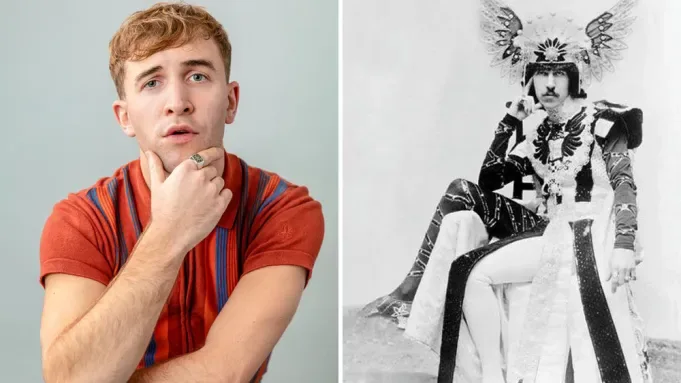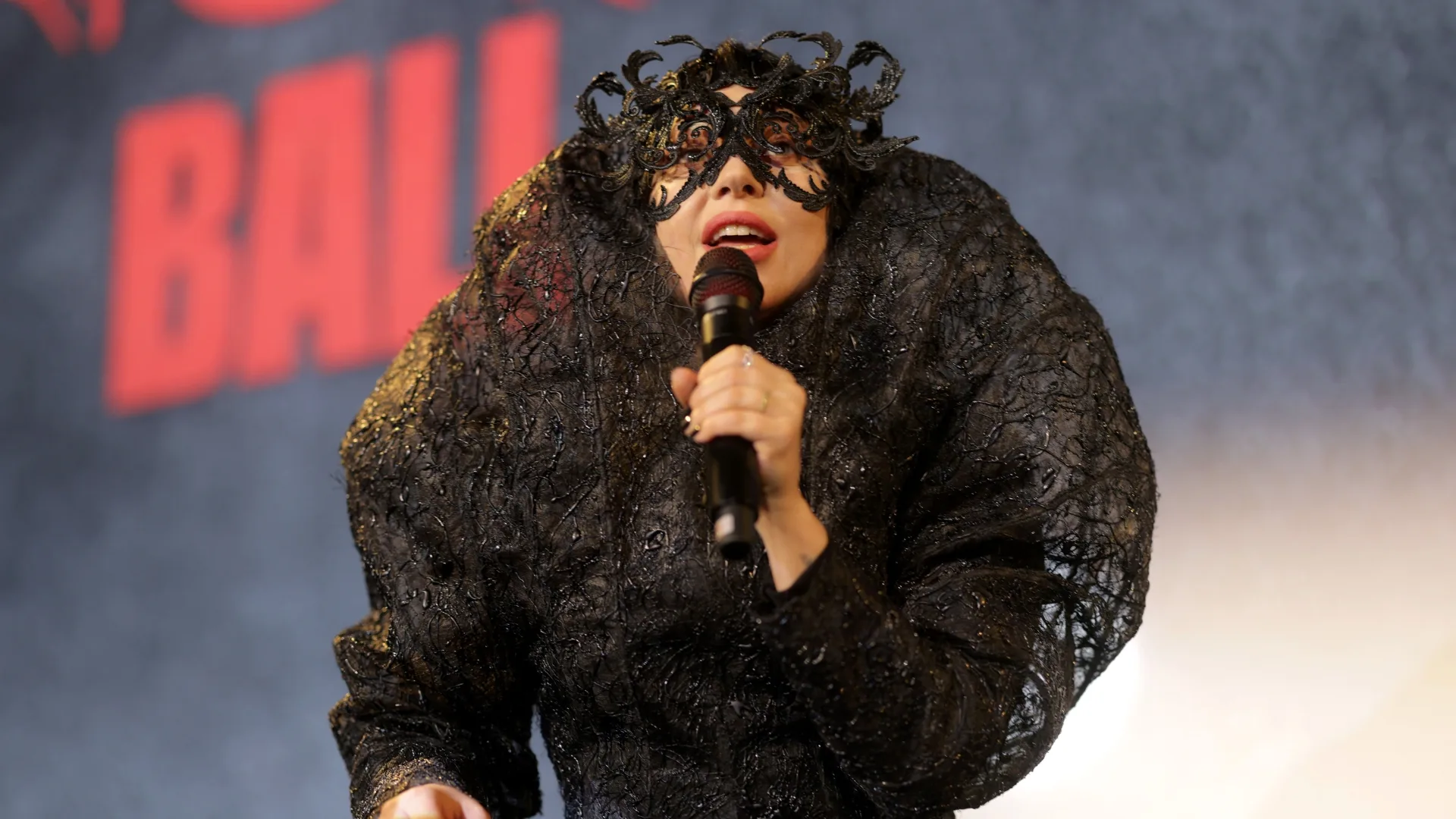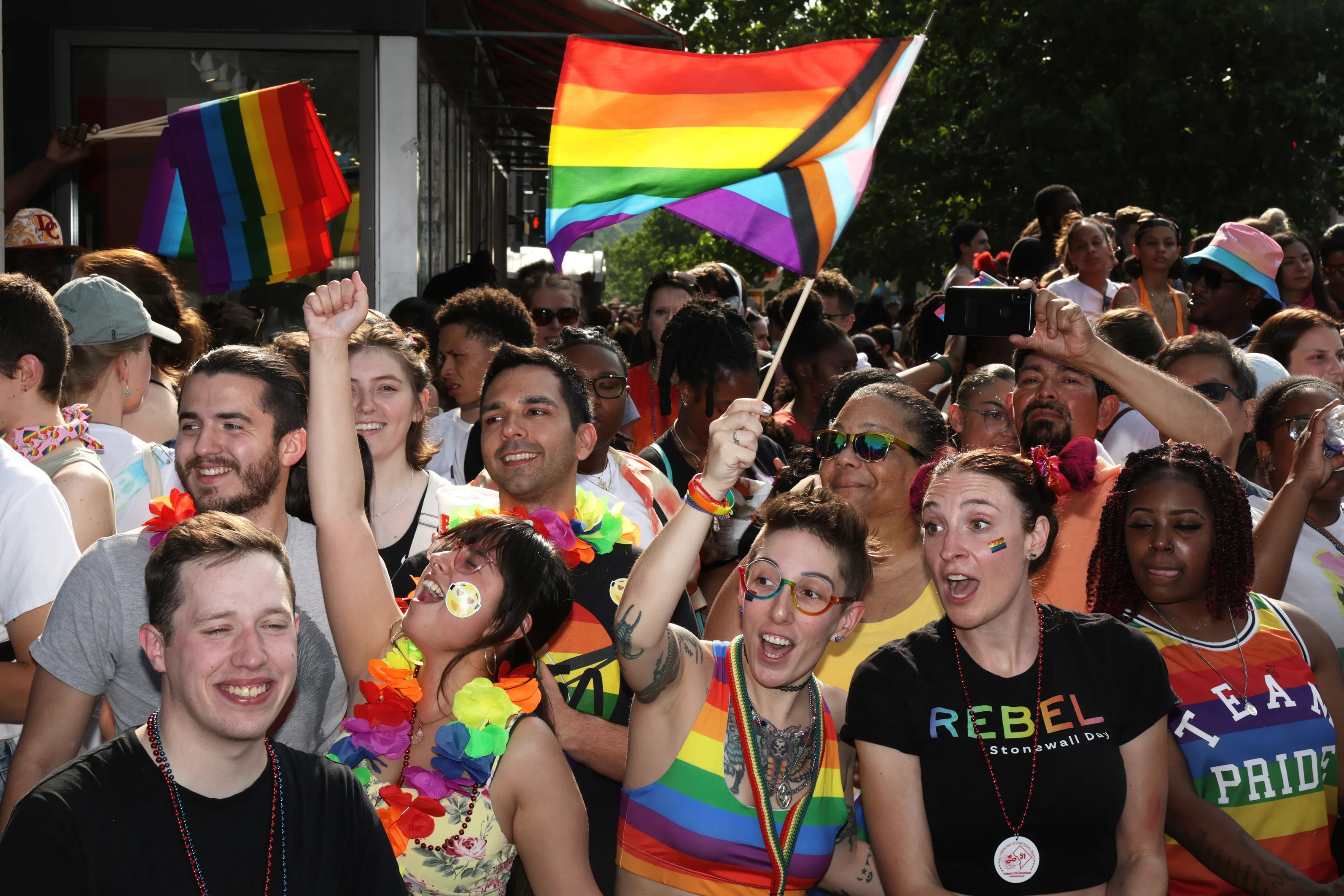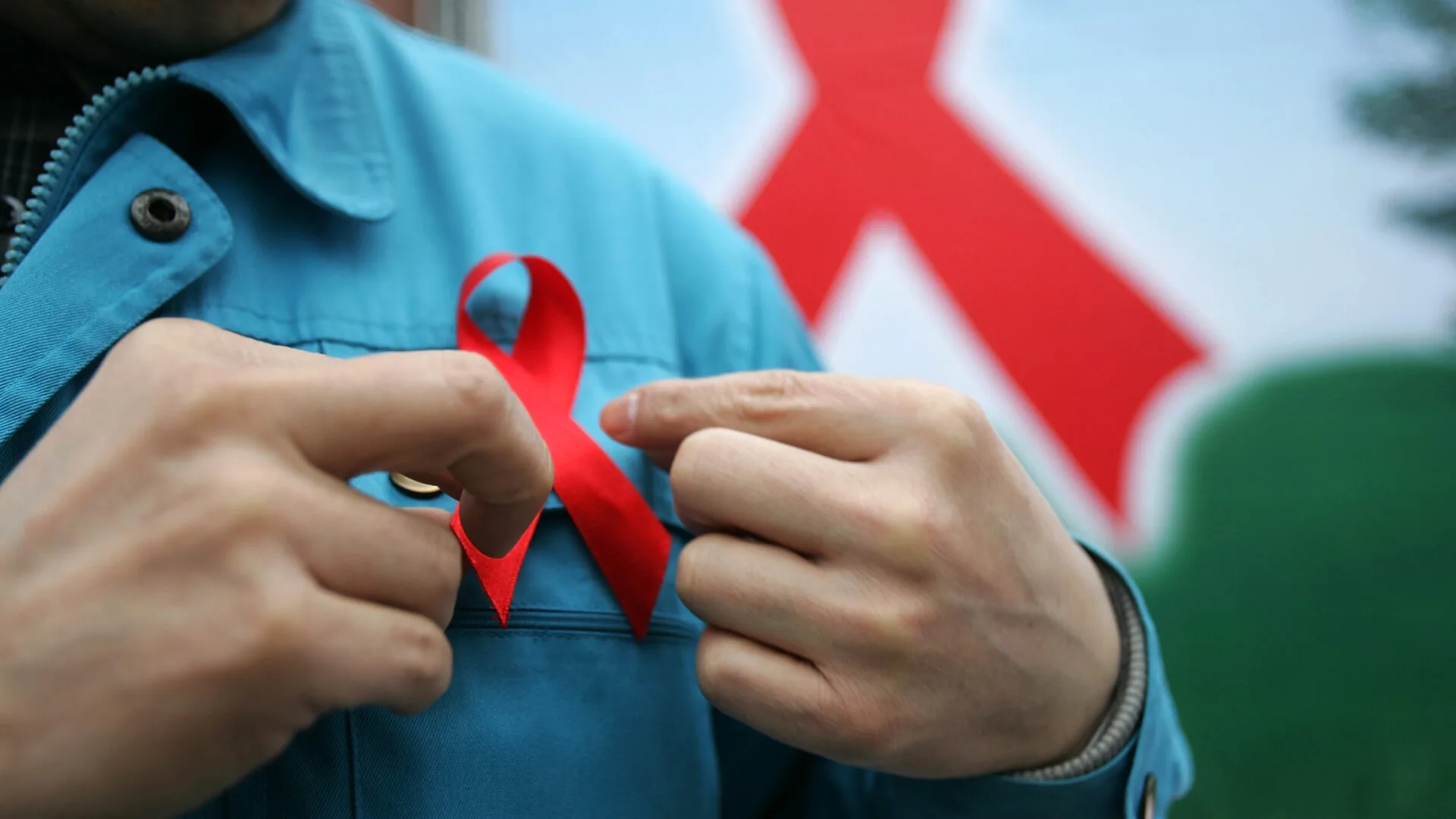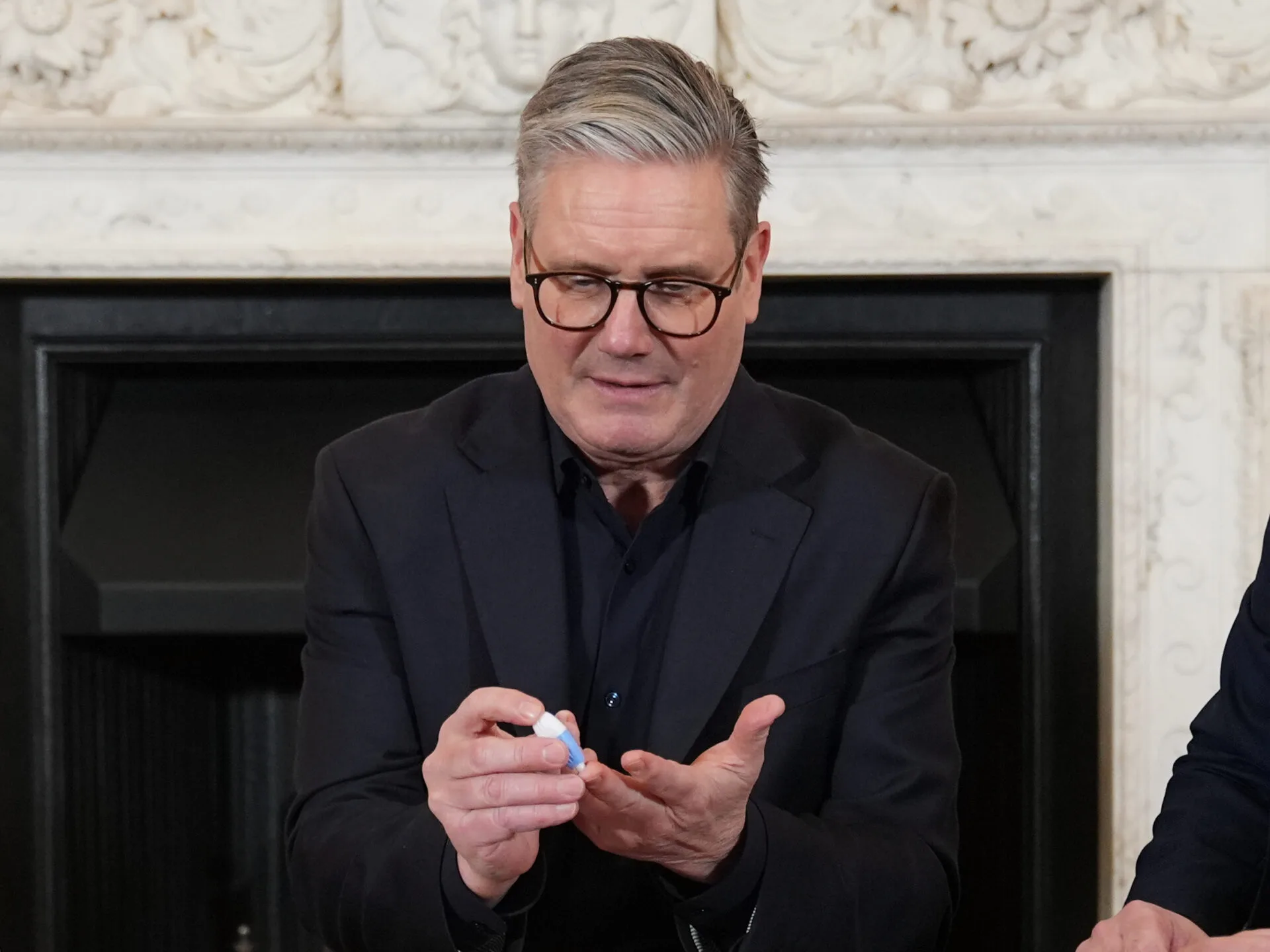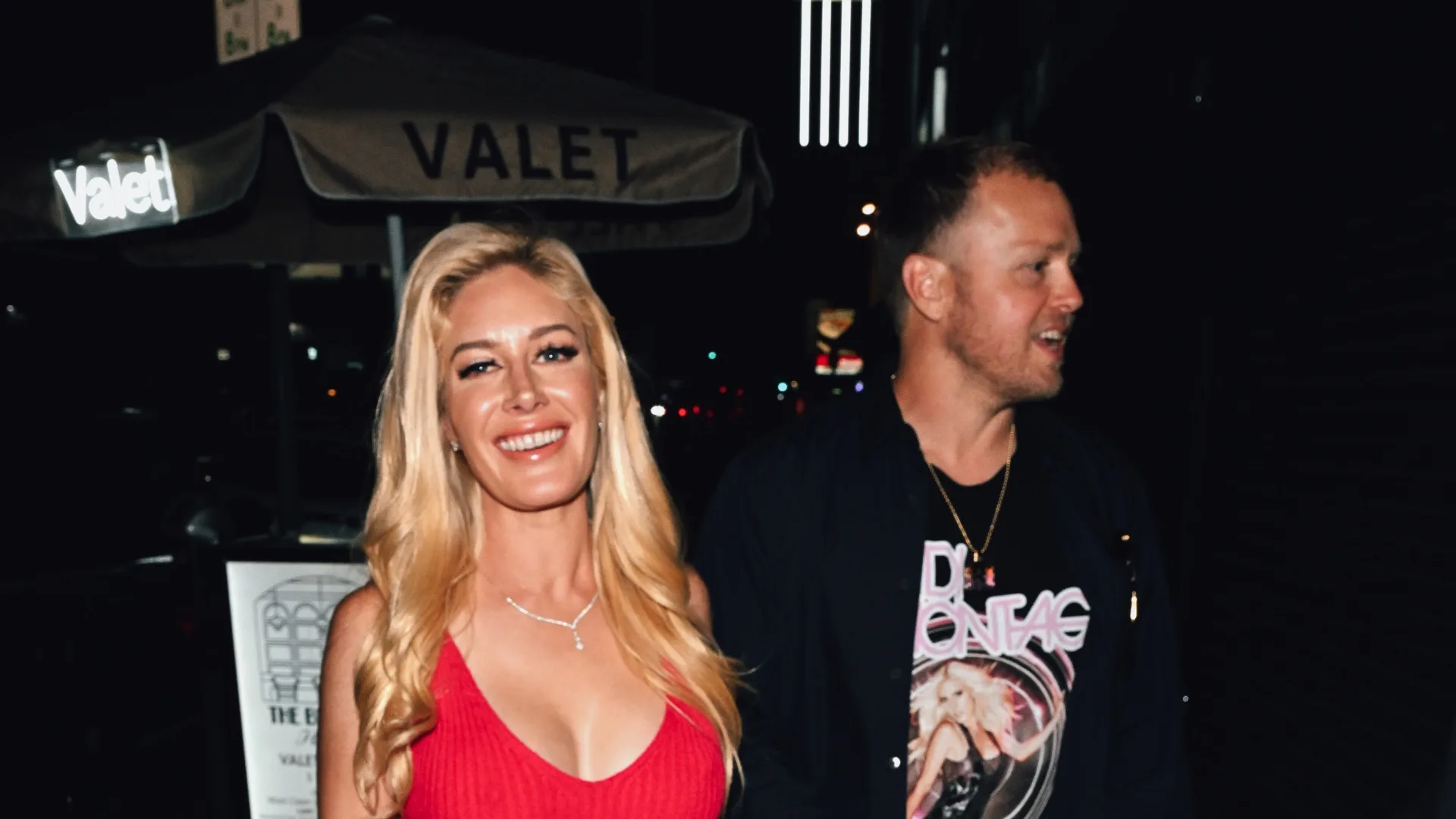What was life like for the Gay men of mid-20th century London? That’s the question posed by academic Peter Parker in his new anthology of writings about Queer life, Some Men In London. The anthology is released as two volumes, the first running from VE Day 1945 – 1959, out now, and the second covering from 1960 to decriminalisation in 1967, out in September.
After the Second World War, the world went into a period of radical change. The Cold War threat formed a backdrop to the rapid rise in birth rates, and drastic socio-political shifts. Meanwhile, Gay men still lived at risk of being imprisoned or blackmailed.

You may think then that Queer expression would be limited strictly to secret liaisons away from all prying eyes. However, the book opens with an account by John S Barrington walking through Piccadilly Circus on VE Day, “kissing every soldier, sailor and airman I could meet.” It continues: “Pick up superb sailor, take him to office and fuck him ‘silly’, an exceptional activity for both of us.”
“There was a moral panic going on because it was thought there was a rise in homosexuality, divorce rate and prostitution, due to the fact that men had been away at the war, and therefore their sons and daughters had not had the firm paternal hand – though I would think there were plenty of mothers with a firm paternal hand,” says Parker over the phone when we speak. “It was generally felt that the country was going to the dogs, on top of which we were losing the Empire.”
In other words, the fear was that the pre-war country, with the synthetic grandeur of imperialism, was slipping through the fingers of ‘civil’ society to be replaced by a new kind of delinquent modernism. Parker’s book quotes the Sunday Pictorial from 1947: “Young men with painted faces slink round Leicester square plying a much more sinister trade. This week I saw one of these ‘pansies’ go off with four different men in the course of a couple of hours of approaching I don’t know how many… Police and social workers have to turn from the more usual evils of the street to combat this new evil.”
By 1954, the number of men imprisoned for homosexual offences had risen to over 1,000 per year. A few years later in 1957, the Wolfenden Report was published, based on an inquiry into homosexuality and prostitution, “as though they were two sides of the same coin,” says Parker. Somewhat surprisingly, the report did recommend that homosexuality be legalised, but with very strict restrictions: it should only be for adults over the age of 21, in private, and excluded the armed services and the merchant Navy. Even with this recommendation, resistance was strong among all political parties.

“It was thought that if you change [the law], it would encourage people to somehow take up homosexuality as though it were a hobby like knitting or something.”
Homosexual sex was caught in an ironic media conflict. “They said, ‘it’s so awful, it’s so awful, if we legalise it everyone will want to do it.’ Well, you can’t have it both ways. And there was a worry that it could lead to a fall in the birth rate, because there wouldn’t be enough heterosexual men to go round.”
Among the Gay men who were campaigning for changes to legislation, often via extremely polite letters written to newspapers and magazines, there was a general feeling that their Queerness should be presented in the most palatable way possible. “They wanted to persuade the general public, and government, that homosexual men were exactly like heterosexual men. They were respectable. They had ordinary jobs. They often lived in domestic harmony with marriage as if they were in a marriage.”
The danger of being Gay at the time was fierce. “They were always looking over their shoulders, worrying about being arrested or blackmailed or beaten up. But there were clubs and pubs. People were able to have a high old time, and indeed have a lot of sex.”
These predominantly Queer spaces, though often at risk of closure or police raids, provided locations for cruising and socialising.

“Parliamentarians always were saying, ‘we understand there are buggers clubs, and these are very sinister places.’ But in fact, the clubs were really where men went just to relax and to seek companionship and to be able to talk to other Gay men without feeling they were being overlooked. And some of them were really no different from the gentlemen’s clubs.”
Parker mentions the Fitzroy Tavern, one of the most famous venues, which still exists today. “It wasn’t technically a Gay club. It had a fairly bohemian atmosphere, and it was also where a lot of servicemen who were on leave hung about. And that naturally attracted Gay men who had always been attracted to a man in uniform, particularly perhaps, when they got out of uniform.”

Indeed, writings in Parker’s book frequently reference the phenomenon, going back to the Victorian period, of guardsmen, in his words, “moonlighting as homosexual prostitutes.” Though denied by the military authorities, “when you joined a guard’s regiment, you were often told the places to go if you wanted to pick up men and earn a bit of extra money.”
In Douglas Warth’s “Evil Men” Sunday Pictorial investigation into homosexuality, he writes: “Guardsmen with fine physiques and smart uniforms have long been sought after by many rich degenerates.”
What Parker describes is a perplexing push and pull that exemplifies the instability of homosexuality throughout the mid-20th century. That homosexuality is disgusting yet alluring, respectable yet perverted, dangerous yet freeing, public yet private. A sexuality that is illegal, that is hidden, acts like a chameleon, bending and moving and changing to the needs of the person who wears it, either under or over their clothing. Queerness is nothing if not adaptable, whether that be for safety or pleasure.
You can buy Some Men In London Vol. I now via Penguin Classics.
Follow the author on Instagram here.


